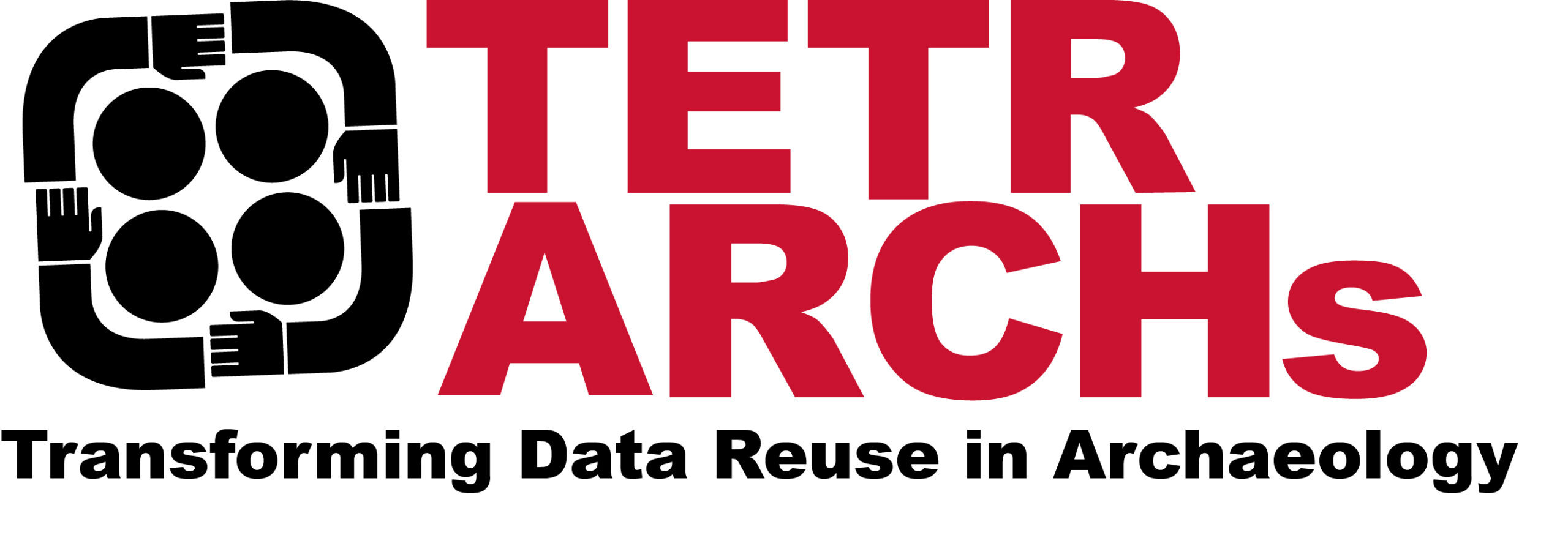Edisa Lozić and Benjamin Štular
“Making archaeological LiDAR more accessible: why and how”
15/02/2023

In the last two decades, archaeological LiDAR has become an essential part of archaeological prospection and landscape archaeology. However, it is too often used as an opaque digital method, which keeps it within the realm of a specialist field. We believe that steps towards theoretically aware, impactful, and reproducible research are needed.
Recently we have taken several steps in this direction. First, we have focused our attention on enabling LiDAR specialists to effortlessly create the necessary meta- and paradata and also to implement archaeology-specific processing of LiDAR data from point cloud to enhanced visualisations. Currently, we are focusing on enabling “general” archaeologists, that is, non-LiDAR specialists, to critically engage with LiDAR data and derived archaeological information. In other words, to understand archaeological LiDAR as a reciprocal practice of knowledge creation, while acknowledging the circumstances in which this knowledge is created, thus viewing technology as a process and not just a product. To this end, we have developed a concept and demonstrator for an Executable Map Paper (EMaP). EMaP is a type of executable paper that strives to achieve the goals of Open Science. The proposed technical solution is based on a PDF frontend, a persistency layer, and a hyperlinked interactive map. The concept is applicable to all map-reliant science, such as geography, geology, or any kind of geoscience.
In this talk we will present the opening up of archaeological LiDAR, from theoretical background to past and current results and an outlook on the near future.
About the presenters
Assist. Prof. Dr. Edisa Lozić is a researcher at ZRC SAZU specialising in archaeological LiDAR, artificial intelligence in cultural heritage, and Classical Archaeology.
She is project leader of the research project Identifying quarries in the Roman Pannonia and principal investigator of the AI4Europe and TEtrARCHs projects. She lectured at universities in Austria and Slovenia and is author of a scientific monograph and numerous articles published in international journals as well as co-author of the Open LiDAR Toolbox software.
Assoc. Prof. Dr. Benjamin Štular is a research advisor at ZRC SAZU. His background is in landscape archaeology and GIS. He has over a decade of experience in airborne LiDAR, including algorithm and software development. In addition, he is involved in digital data management for cultural heritage both as a researcher and in implementation at institutional and national level. Currently, he is focusing on machine learning applications in spatial analysis.
He published numerous scientific books and articles and is co-author of the Open LiDAR Toolbox software. He lectured at universities in the USA, Ireland, Austria, and Slovenia, and managed and coordinated numerous research projects including as a project leader of the ERC pilot project Methodological Maturity of Airborne LiDAR in Archaeology and as a partner principal investigator on ARIADNE and ARIADNEplus.
